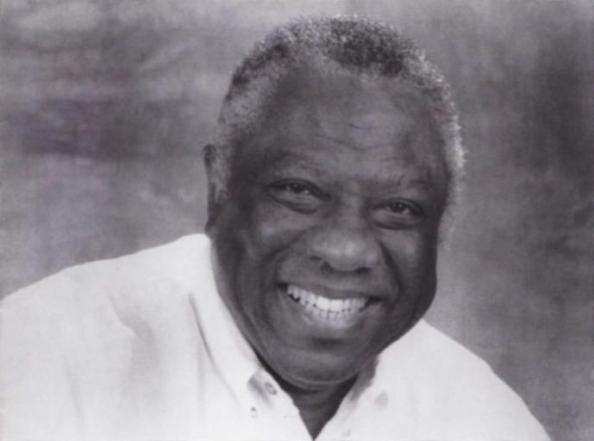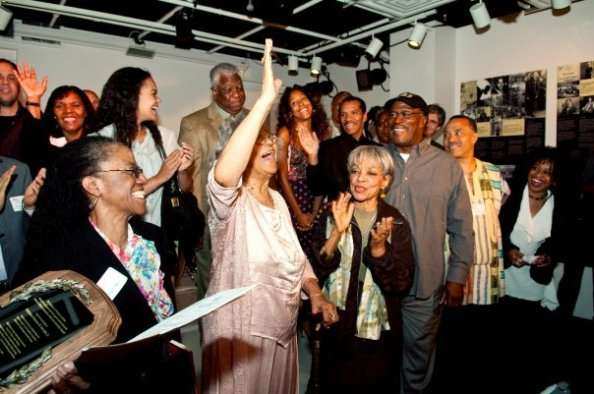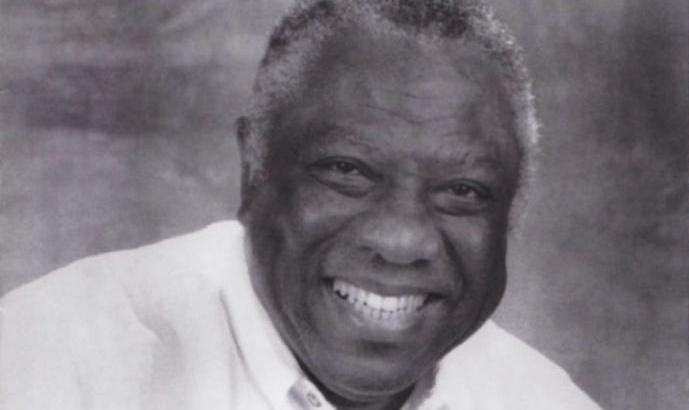NEW YORK | Some African American artists complain that Black History Month ought to be 12 times a year rather than just one month. This complaint has been repeated enough (by the director/choreographer Bill T. Jones, for example) that frequently publications and arts organizations that want to pose as forward-thinking or politically correct actually hurt the larger cause by not covering or organizing Black History Month events. It’s one of those cases where criticizing a tradition has the effect of actually hurting the employment possibilities of some African American artists (especially black playwrights who have not been recognized by large nonprofit institutions).
Since its genesis in the 1920s, Black History Month was fundamentally intended to deconstruct on its own. It started in 1926. Carter G. Woodson, Harvard scholar, established the Association for the Study of Negro Life and History (now called the Association for the Study of Afro-American Life and History) in 1915. He also founded the widely respected Journal of Negro History. In 1926, he created Negro History Week as a week-long initiative to bring national attention to the contributions of black people throughout American history. Woodson chose the second week of February because it marks the birthdays of two men who greatly influenced the black American population, Frederick Douglass and Abraham Lincoln.
At the time, there was a great need for a dedicated time frame to allow black contributions to signal through the flames, with the larger purpose that the necessity of it will also disappear. In 1976, about 50 years later, the week became a month. Â President Gerald Ford put a federal stamp on the month-long idea.
Today, even with a black president, the necessity of Black History Month has not gone away. It is in fact more important than ever, I would argue. The move to expand a week to a month may now seem like a dated idea, but the deeper inequities in out society have not gone away. A recent report, released by the Asian American Performers Actions Coalition, states that in the 2011-2012 season, for example, “African American actors were cast in 16% of all roles, Hispanic American/Latino actors in 3%, and Asian American actors in 3% (others, including Arab American/Middle Eastern and Native American actors, comprised 1%). Caucasian actors filled 77% of all roles and continued to be the only ethnicity to over-represent compared to their respective population size in New York City and the Tri-State area.”
Even with more black playwrights being produced on Broadway and in major non-profit venues, there has actually been a broadening divide in the arts sector. White directors are often the first artists to be tapped to revive classic black plays. Let’s not even talk about the state of black design in the U.S., where the presence of black designers have been blotted out by the industry. The racial divide is also a class issue, I’d argue. Last year the Coalition of Theatres of Color in New York actually held a town-hall meeting to discuss, “Can NYC’s Theaters of Color Survive in the New Economy?”, at the Schomburg Center for Research in Black Culture in Harlem. It was a very sobering and highly emotional meeting where preachers and leaders of New York’s theaters of color tried to galvanize the community to make elected officials, public and private grantors and arts patrons aware of the inequitable funding.
So it was with great pleasure to hear that the National Black Touring Circuit has decided to buck the nay-saying trend and organize a Black History Month Play Festival 2013, which runs February 8 to 24 at New York theaters. The festival, the legendary director/producer Woodie King Jr. tells me, features plays that “are about the contributions specific African Americans made.”
King cites “Rosa Parks starring Ella Joyce; Paul Robeson starring Kevin Maynor; Adam by Peter DeAnda, starring Timothy Simonson; Zora Neal Hurston starring Kim Brockington; Love to All, Lorraine Hansberry starring Elizabeth Van Dyke; The People of Clarendon by the late Ossie Davis; The Good Fight: A Philip Randolph; I Barbara Jordan by Celeste Bedford Walker; Dr. May Edward Chinn by Laurence Holder; Dr Dubois and Miss Ovington by Clare Coss starring Kathleen Chalfant and Peter Jay Fernandez.”
King adds: “The larger goals are to produce plays about unrecognized heroic African Americans and to reach out to school where students are not provided information on contributions made by African Americans.”
The Black History Month Play Festival will feature three performances each week. There will be post-play discussions analyzing issues confronted by these African American political figures.
“These biographical plays take audiences on dramatic journeys through the lives of legendary African American men who changed American history,” adds King. “It’s especially important for younger audiences to comprehend the relentless determination of these men as they faced inconceivable challenges in the pursuit of racial equality. They laid the framework for achievement by contemporary African American political figures including President Obama.”
It’s unfortunately still an impossible dream: to hope that it is Black History Month 12 times a year. Let’s face it: Theaters of color have a tradition of addressing the needs of our multicultural community and preserving and promoting their cultural heritage. They are an indispensable laboratory for creativity and cultural survival.
You can be too hip for Black History Month. Yet is that stance really all that admirable given the reality we live in today, where diversity is deemed to be a problem which we can only endlessly talk about without taking any real action?  Being too hip for Black History Celebration might mean falling prey to the larger sociopolitical forces that maintain unchecked discriminatory barriers and prevent radical inclusion. — randy gener

HERE IS THE SCHEDULE FOR THE BLACK HISTORY MONTH PLAY FESTIVAL
Adam will be held February 8 - 10 at the Dwyer Cultural Center, 258 St. Nicholas Avenue (entrance on 123rd Street). Starring Timothy Simonson as Adam Clayton Powell, written by Peter DeAnda and directed by Shauneille Perry, Adam is a dramatization of the words and thoughts of the Reverend and Honorable Adam Clayton Powell, Jr. It is a dramatic, historical play that is set in Bimini, the House of Representatives and Abyssinian Baptist Church. Adam follows the handsome and charismatic Adam Clayton Powell, Jr. on his political journey as the Congressman who represented Harlem between 1945 and 1971.
He Who Endures will be held February 15 - 17 at the National Black Theatre, 2031 Fifth Avenue (at 125th Street). Starring Ralph McCain as Frederick Douglass, He Who Endures, written by Bill Harris and directed by Ajene D. Washington, is set prior to the Civil War with Douglass questioning the direction the Abolitionist Movement with the Rev. Henry Highland Garnet, John Brown and slave-turned-rebel Shields Green. It co-stars Norman Marshall, Marcus Naylor and Leopold Lowe.
Dr. DuBois and Miss Ovington will be held February 22 - 24 at the Castillo Theatre, 543 West 42rd Street (between 10th and 11th Avenue). Co-starring Peter Jay Fernandez as W.E.B. DuBois and Kathleen Chalfant as Mary White Ovington, Dr. DuBois and Miss Ovington, written by Clare Coss and directed by Gabrielle Kurlander, captures a moment of crisis between two esteemed founders of the NAACP in 1915 when DuBois submits his resignation. Du Bois is an educator, human rights activist, African-American visionary leader and Ovington is a white Unitarian, granddaughter of abolitionists, and outspoken justice advocate. Together, they spar, flirt, clash, reveal secrets, and compete to save their vital work.
The Black History Month Play Festival performances are Fridays and Saturdays at 7:30pm and Sundays at 3:00pm. Tickets are $20. For more information call (212) 279-4200 or ticketcentral.com
The National Black Touring Circuit was founded in 1974, by Woodie King, Jr. to make existing Black theatre productions available to a larger audience by presenting to the Black communities at large, to colleges, to Black art centers, and to resident professional theatres. The program is funded by the NYC Department of Cultural Affairs, New York State Council on the Arts and individual contributions.

Related articles
- Black History Month: From Segregation To Space (npr.org)
- What to do if someone asks: ‘Why isn’t there a White History Month?’ (thegrio.com)
- [Thoughtcrime] Contributing to Black History Month, RPG Edition (thoughtcrimegames.net)
- Something La Raza can Learn During Black History Month (latinalista.com)




